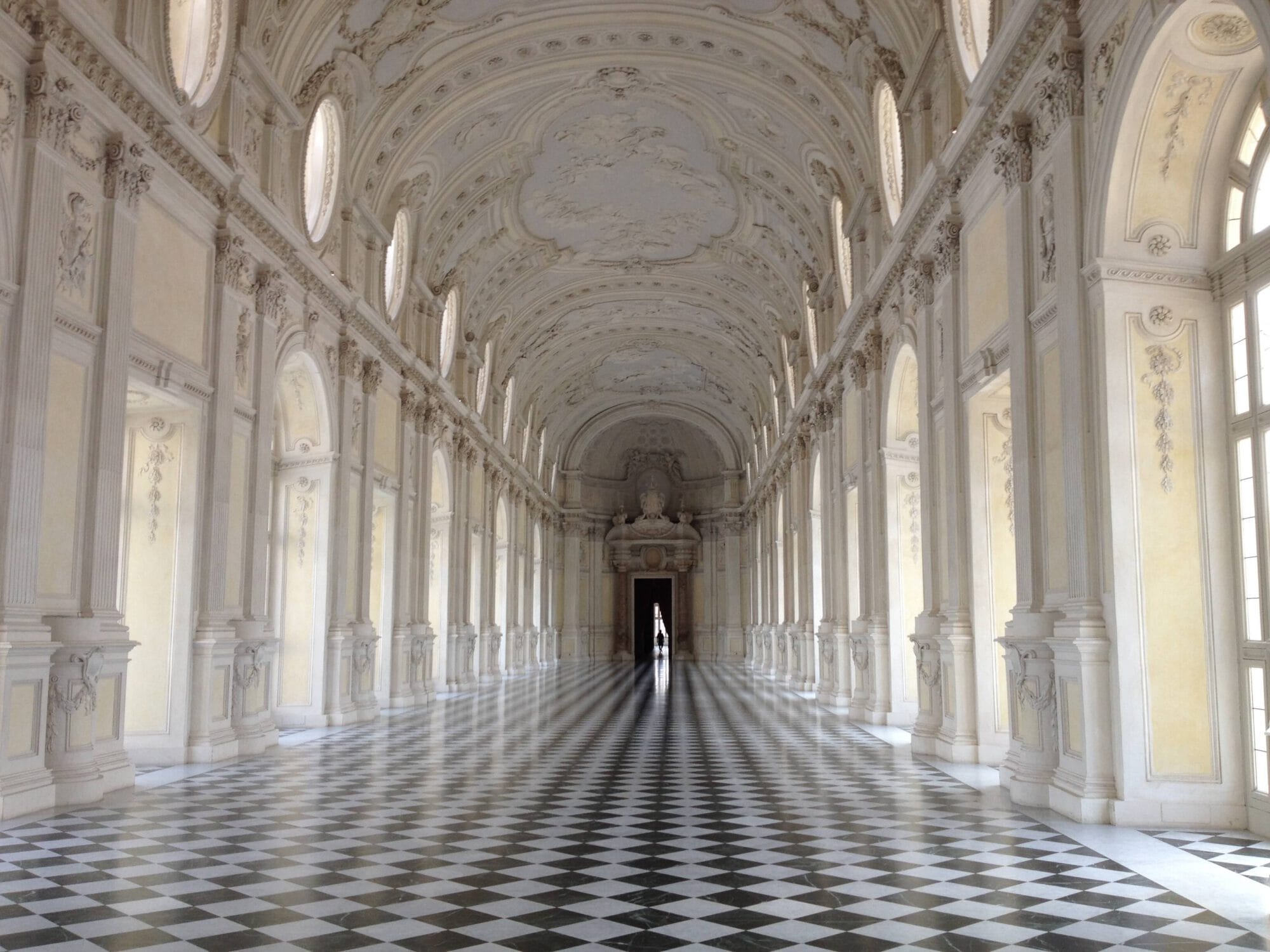Reggia di Venaria Reale, Turyn (fot. M. Rosik)
Sindonological lexicon. Polish perspective and contribution, ed. K. Pilarczyk, Z. Treppa, T. Graff, Eastern and Central European Voices. Supplements – Volume 003, series ed.: R. Mazur, M. Rosik, Vandenhoeck & Ruprecht, Paderborn 2025, ISBN: 978-3-525-57360-0, pp. 216 with 105 col. and 11 b/w fig., 150 EU.
It is with great joy that we are presenting to our readers the next volume in the series Eastern and Central European Voices. Supplements. The publication concerns the Turin Shroud, which continues to be of great interest to both scholars and ordinary believers. This is evidenced by the occasional opportunities for its public display. The interest in the shroud also translates into the possibility of conducting scientific research at the level of available and appropriate exploration methods and technologies using the most advanced equipment and computer support.
The joy of the publication is mixed, however, with sadness due to the passing of the late Prof. Krzysztof Pilarczyk, editor of the book. It should be noted that his great desire was to publish The Sindonological Lexicon in the Vandenhoeck & Ruprecht publishing house in this particular series. It was Professor Pilarczyk who coordinated the entire work, striving for publication in both printed and electronic form in Polish and in English.
In the scientific and academic theological milieu, one can identify a number of institutions with a special interest in the study of the shroud. At the forefront of these is the center for such research in Turin, the site of the shroud’s safekeeping. In 2017, the group of these institutions was joined by the Polish Sindonological Center established on the initiative of the director of the Turin Center. It had its predecessor in an institute called Studium Syndonologiczne (the Sindonological Study Centre) founded in Krakow in 1981 by John Paul II.
The fruit of the activities of the Polish Sindonological Center is the publication, first in Polish, of the results of research in various scientific fields. The group of academic centers involved includes the Jagiellonian University in Krakow, the Pontifical University of John Paul II in Krakow, the AGH University of Science and Technology in Krakow and the University of Gdansk. The group of the aforementioned Polish universities has also been joined over time by the Pontifical University of St. Thomas Aquinas in Rome. Each of these centers, through the participation of the scholars and scientists involved, has its practical share in research and publications, including this lexicon.
The lexicon presents the research on the shroud to date and its results, thus showing more than a century of scientific activity. The publication includes terminological entries related to the shroud, short biographies and descriptions of the activities of scientists and researchers of various disciplines dealing with the shroud, geographical and topographical information concerning places in any way related to it. Finally, the lexicon presents a relatively rich Polish bibliography or texts translated into Polish and related in any way to the study of the shroud. The first Polish text included is a review of a French article discussing the Turin shroud, published in 1903 in Przegląd Kościelny. This means that the presence of the topic of the shroud in Polish academic discourse predates the establishment of the Second Polish Republic (1918 – 1939).
Chapter I
Overview and specific entries
- The Shroud of Jesus in the New Testament
- Exegetical and medical aspects of Jesus’ death and their coherence with the Shroud
- Jewish burial customs and the Shroud
- Patristic, apocryphal literature and itineraries and selected artefacts about the Shroud and images of Jesus
- The Shroud in Constantinople
- Templars and the Shroud
- The Shroud in the de Charny family and disputes over its authenticity
- The Shroud in the hands of the House of Savoy
- The Shroud in Turin
9.1 The Confraternity of the Holy Shroud in Turin
9.2 International Sindonological Centre in Turin
9.3 Popes before the Shroud in Turin
- Polish Sindonological Centre
- Semiotics and semiology of the Shroud
- The Shroud in the liturgies
12.1 The Epitaphios
- The Shroud as a prototype for the depiction of Jesus
13.1 The Shroud and the convention of the mandylion
13.2 The Shroud and Imago Pietatis
Chapter II
Research history on the Shroud
- The Shroud of Turin – physical description
- Physical analyses of the Shroud
2.1 Photographs of the Shroud
2.2 STURP
2.3 Hypotheses of the origin of the image on the Shroud
2.4 Determination of the age of the Shroud
- Chemical analyses of the Shroud
- Blood on the Shroud
- Polish Sindonology
- Comparative analyses
- Veil of Manoppello
- Tilma of Guadalupe
- Sudarium of Oviedo
- Tunic of Argenteuil
- The Shroud and the image from the apparitions of Saint Faustina
Chapter III
Calendar of events
Chapter IV
People & Places
Argenteuil
Chmiel Jerzy
Constantinople
Dołęga-Chodasiewicz
Edessa
Enrie Giuseppe
Fanti Giulio
Fenrych Władysław
Filas Francis
Heller John
Karol Boromeusz
Karwowski Stanisław
Ładzina Wanda
Manoppello
Oviedo
Pia Secondo
Prószyński Kazimierz
Scavone Daniel C.
Schwortz Barry
Tepeyac/Guadalupe
Waliszewski Stanisław
Ziółkowski Zenon
Chapter V
Polish sindonological bibliography
Biographical notes of the authors and members of the editorial board
Source of figures
Index of persons
Index of places
***


